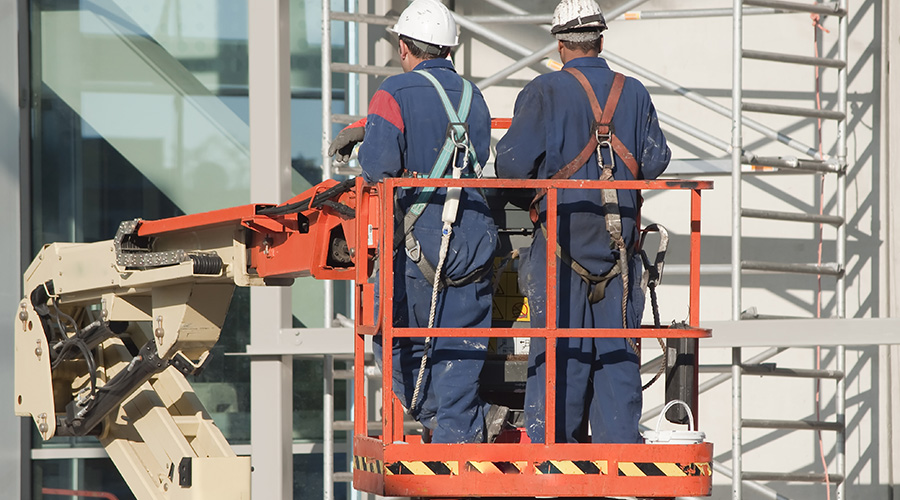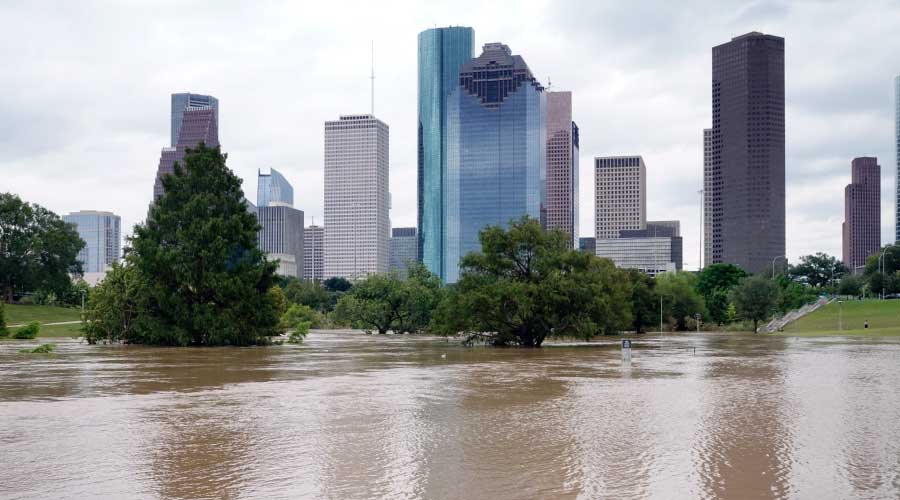Contact List Helps in Disaster but Expect to be Blindsided
In speaking with several facility managers across facility types and emergencies faced, a pattern emerged. They knew who to call in what order thanks to a contact list. In most cases, facilities were returned to normal operation after a period of time. But they were all blindsided by at least one aspect of the disaster, the initial response, or the way the recovery effort shook out.
Anatomy Of A Disaster
About three years into his career, in 2009, one of Chris Wada's suburban Chicago facilities caught fire. It was an overflow storage warehouse: lots of boxes, shrink-wrap, and tools. At around 9 p.m. on a weeknight, a cordless drill melted, set plastic wrap on fire, which ignited some boxes. The fire safety system went off and the fire department arrived on-scene within five minutes. During that time, Wada, then an assistant real estate manager with CBRE, had been notified by the alarm monitoring company. He called a board-up company, a disaster-relief company, the tenant, the building owner, a roofer, his fire protection company, and a janitorial company. "So that's all that happened within the first hour or so," he says.
The fire was quickly contained but the damage at the facility was still significant. There was smoke damage all along the ceiling. The fire department had cut open a dock door and had broken all the skylights to vent the smoke. And then there was all the water damage. The next few days were spent talking with insurance agents, writing incident reports, and coordinating contractors.
Having a contact list of vendors ready to go really helped, says Wada. "If I didn't have a list like that, I don't know what I would have done." He kept a copy on his tack-board at work, one in the car, and one at home. The vendors were ones for which he had certificates of insurance, and with whom he had worked in the past for a good price and result. The only snag he ran into was finding a general contractor to oversee the project, and in retrospect he might have gone instead with a disaster remediation specialist, he says, because "they can go a lot faster, a lot smoother."
Wada, now assistant property manager with REIT Management & Research LLC, recently addressed a fire at another facility, though not as the primary contact. But the response and remediation was pretty similar. "It's just a reminder for me that, hey, I've got to know my buildings," he says. "Because I'm not the only person who is involved — there's an engineer and there's a senior manager — I don't have to be the one who knows everything about those buildings. But it's a reminder to me that just because I'm not [solely responsible for the building], I still should know those things about those buildings."
What type of emergency has affected a facility you worked in or were responsible for?
Loss of utility power 62%
Extreme winter weather 46%
Flood 33%
Hurricane 30%
Catastrophic failure of building system 30%
Fire 29%
Earthquake 16%
Hazardous substance 14%
Tornado 13%
Bombing or bomb threat 7%
Shootings 7%
Other attacks 4%
Outbreak of disease 3%
Other* 5%
(Source: BOM Survey) R=335
* Aircraft incident, car crashing into building, extreme summer storm, fire code violation, gas leak, heart attack (had to perform CPR and use AED), loss of drinking water, loss of emergency generator, loss of water, mudslide, roof collapse, suspicious activities off campus, threats, thunderstorm with large hail, transformer outage, wind damage.
|
Related Topics:















